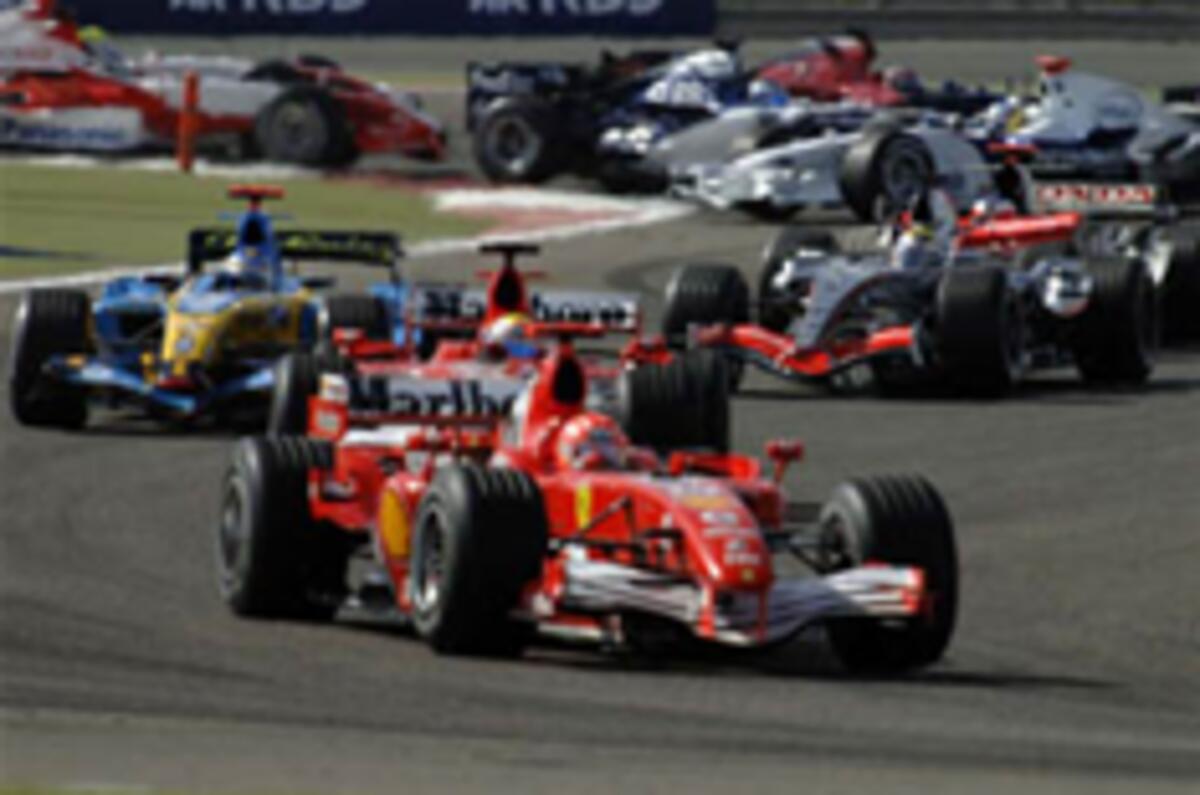The F1 car of the future will work very much like a hybrid-electric car, Autocar can reveal. It will capture the energy released during braking to use again during acceleration, but it won't need an army of batteries adding to its weight. That's because the cars that Hamilton, Alonso and Raikkonen will be driving from 2009 will depend upon an ingenious transmission announced today, and designed and built by a pair of British engineering firms.
The Brit pair driving F1 forward
Torotrak and Xtrac, both specialist transmission engineering outfits based in the UK, have just announced a partnership to produce the Kinetic Energy Recovery System proposed by FIA boss Max Moseley last month, in amongst his raft of rule changes for F1 moving towards 2011.The 'KERS' is part of Moseley's grand plan to reduce the carbon footprint of F1. Essentially, it's a super-efficient continuously variable transmission supplied by Torotrak, mated to a mechanical flywheel, and then built by Xtrac. It will allow every F1 car to store some of the kinetic energy normally wasted while braking, and then deploy it during acceleration or overtaking. And it does that without a battery in sight.
How the 'KERS' works
Normal hybrid-electric cars capture the energy released as they slow down via brake regeneration, send it back up the car's driveline, and store it as electrical energy in batteries. This system works well when capturing energy at a steady rate and stores it effectively over long periods, but it's too heavy, cumbersome and slow-working for F1.The 'KERS' works in the same way, but it locks up that braking energy within a fast-spinning flywheel attached to the back of the gearbox. The driver is able to call upon that kinetic energy at the press of a button, releasing it back into the driveline, and using it as a power boost. However, the system is much smaller and lighter than a conventional hybrid electric system.
What will that mean for F1?
This system will allow F1 teams to downsize their engines and reduce carbon emissions without sacrificing outright performance. Max Moseley's announcement bamboozled many motorsport journalists last month because it suggested that teams could downsize from 2.4-litre V8s to 2.2-litre turbo V6s without giving up any straight line speed. Higher-octane, emissions-friendly biofuel will be one of the ways they're capable of this; the 'KERS' will be the other.And it doesn't mean that CVTs will replace F1's familiar seven-speed gearboxes, either. As you'll see in our gallery, Torotrak's CVT bolts on to the side of the conventional gearbox; it doesn't replace it. And that means you'll continue to enjoy flat-chat redline gear changes in F1 for the foreseeable future.




Add your comment